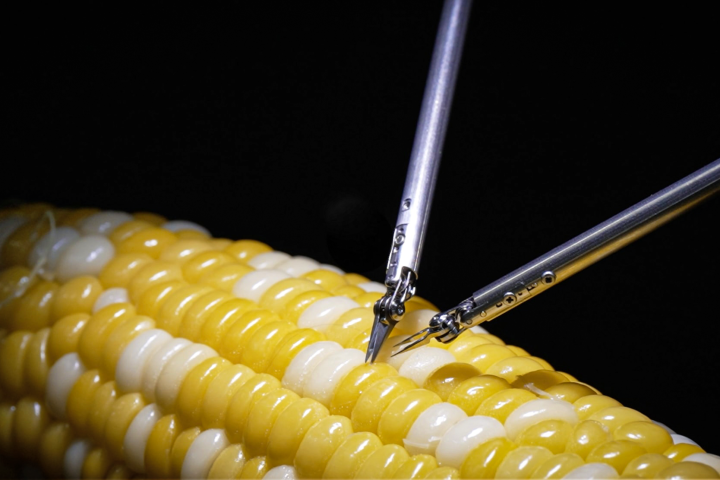Thermal imaging has proven itself to be a useful adjunct to physical testing in areas including engineering, health, and agriculture. Until now, however, conventional 3D thermal imaging use has largely been restricted due to the specialized technical knowledge required to operate it and interpret the results. To address this, Australia's CSIRO has developed a prototype tool called HeatWave that is a lightweight, high-resolution 3D scanner that is claimed to be not only easy to carry, but easy to use as well.
The handheld HeatWave scanner uses a 3D camera and infrared thermal sensors to capture images, with SLAM (Simultaneous Localization And Mapping) technology incorporated to help construct a map of the environment while concurrently keeping track of the machine's location within that environment. This technology, combined with proprietary 3D mapping software, allows the HeatWave device to create spatial data which can be read by an attached laptop to create 3D surface temperature models on site.
There are a number of existing 3D thermal systems on the market, but most are unwieldy, expensive and hard to use. Those that are portable, such as the Flir system for the iPhone, are simply too low resolution for serious scientific and engineering work. The HeatWave tool, on the other hand, is able to capture high-accuracy multi-spectral models but without the need for technical expertise to interpret the results.
Similar to the Lynx 3D modeling camera, the HeatWave generates a 3D model in real time as the user waves the device over an object to be scanned. These multiple views are then combined to show a thermal profile map overlaid onto a 3D model of the area scanned.
As a result, HeatWave produces a high-resolution 3D model that can be viewed in either independent modules or with each layer combined using a software program called Spectra. This program is claimed to be the world's first 3D visualization software of its kind that enables both thermal and color information to be displayed simultaneously as a composite 3D image, rather than as a set of multiple images that must be interpreted separately.
Although the device is currently only at research prototype stage, the CSIRO expects HeatWave to have applications in a variety of industries, including energy, building, manufacturing, construction, emergency services, and health.
The short video below shows the HeatWave in use.
Source: CSIRO






